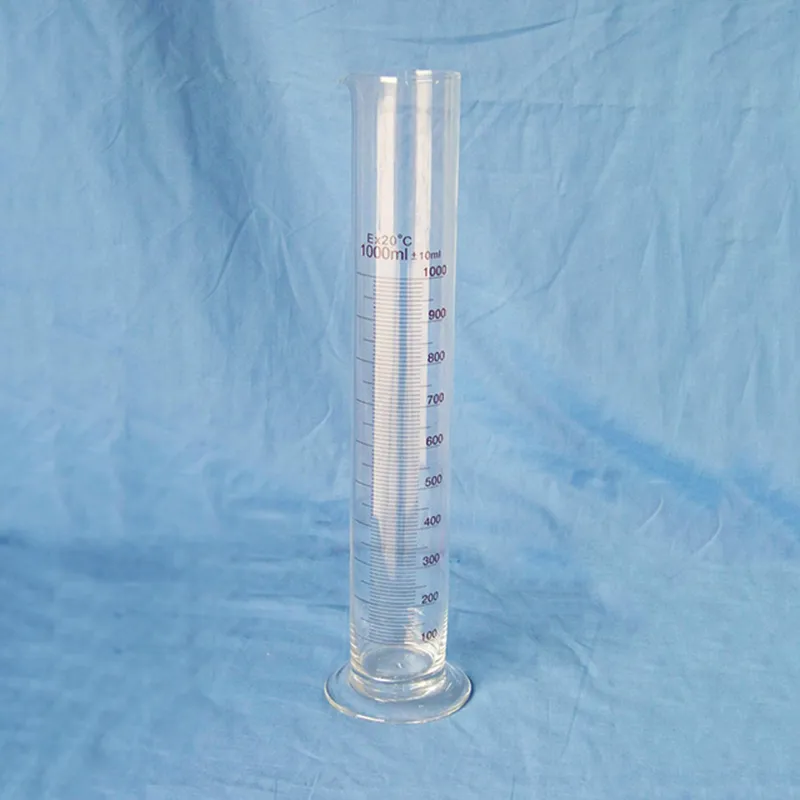
The fluorescent microscope is engineered for precision and versatility, featuring adjustable magnification levels and ergonomic design for continuous use. Its optical system delivers uniform brightness and sharp focus on different specimens. Equipped with illumination controls within, the fluorescent microscope maximizes contrast and clarity, enabling easier observation of delicate structures. Digital cameras and connectivity options for real-time image acquisition and sharing are included in most models. The fluorescent microscope is built with durable materials to maintain stability of performance despite routine laboratory use.

The fluorescent microscope has a wide range of professional and academic uses. In biomedical labs, it is used to analyze cell morphology and identify abnormalities. Industrial scientists rely on the fluorescent microscope in testing product consistency, micro defect detection, and surface characterization. In agriculture, it is used to study plant diseases, seed morphology, and pest interactions. Museums and conservation centers apply the fluorescent microscope in analyzing artwork materials to ensure proper preservation and restoration of historical works.

With the progress of technology, the fluorescent microscope will turn into a smarter and more interactive research tool. Compatibility with AI will allow it to detect patterns, recognize anomalies, and measure data automatically. The fluorescent microscope will also make remote diagnostics possible, where the samples from every corner of the world can be diagnosed remotely by specialists. Advances in imaging sensors and optical systems will provide better depth resolution and faster capture rates. These will expand the uses of the fluorescent microscope in medicine, nanotechnology, and education.

Users should implement a routine maintenance plan to ensure the fluorescent microscope remain in excellent working condition. Clean all optical parts using a blower or soft brush initially before a thorough cleaning. Do not disassemble the instrument at any time save by qualified individuals. Use light lubricant on moving parts to prevent stiffness and wear. The fluorescent microscope should be kept in a chemical fume and moisture-free environment. Power cables and lighting systems should be checked regularly for signs of premature deterioration or breakdown.
The fluorescent microscope enables research, diagnostics, and education by making it possible to examine objects much smaller than what can be perceived by the human eye. With the use of a combination of lenses and light or electron beams, the fluorescent microscope shows intricate patterns and internal structures of cells and materials. Its uses are widespread in areas of microbiology, pathology, and nanotechnology. With accurate magnification and precision, a fluorescent microscope makes contributions to discoveries, inventions, and further understanding of life and matter at microscopic levels.
Q: What is the lifespan of a microscope? A: With proper care and maintenance, a microscope can last for many years, providing consistent optical performance and stability. Q: How does the objective lens affect image quality in a microscope? A: The objective lens determines magnification and resolution; high-quality lenses produce sharper, more accurate images of specimens. Q: Can a microscope be used to view live specimens? A: Yes, many microscope models support live-cell observation, allowing users to study biological processes in real time under controlled conditions. Q: What is the function of the condenser in a microscope? A: The condenser focuses light onto the specimen, enhancing illumination and improving contrast for clear image viewing. Q: How should a microscope be transported safely? A: Carry the microscope with both hands—one under the base and one on the arm—to prevent damage or misalignment of delicate parts.
The hospital bed is well-designed and very practical. Patients find it comfortable, and nurses appreciate how simple it is to operate.
We’ve used this centrifuge for several months now, and it has performed consistently well. The speed control and balance are excellent.
To protect the privacy of our buyers, only public service email domains like Gmail, Yahoo, and MSN will be displayed. Additionally, only a limited portion of the inquiry content will be shown.
I’d like to inquire about your x-ray machine models. Could you provide the technical datasheet, wa...
We’re interested in your delivery bed for our maternity department. Please send detailed specifica...
E-mail: [email protected]
Tel: +86-731-84176622
+86-731-84136655
Address: Rm.1507,Xinsancheng Plaza. No.58, Renmin Road(E),Changsha,Hunan,China